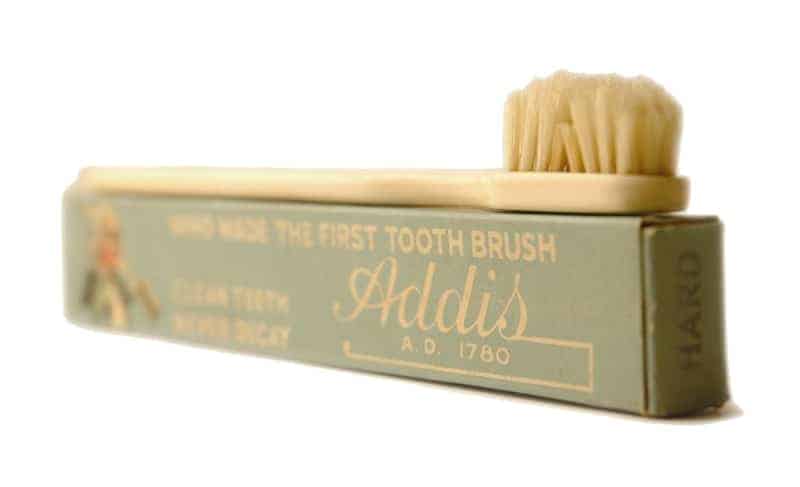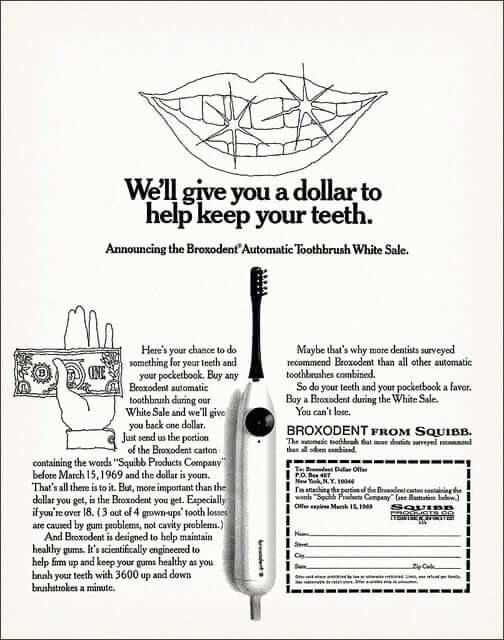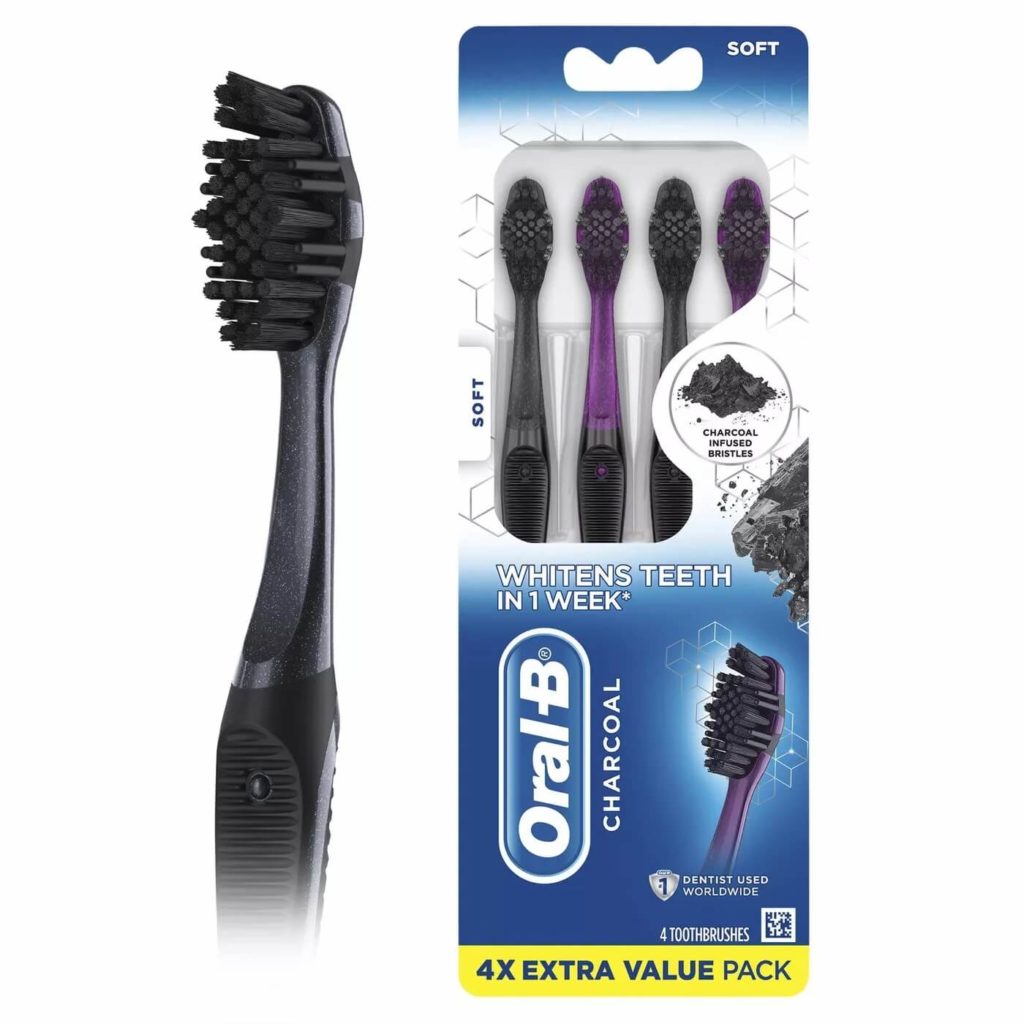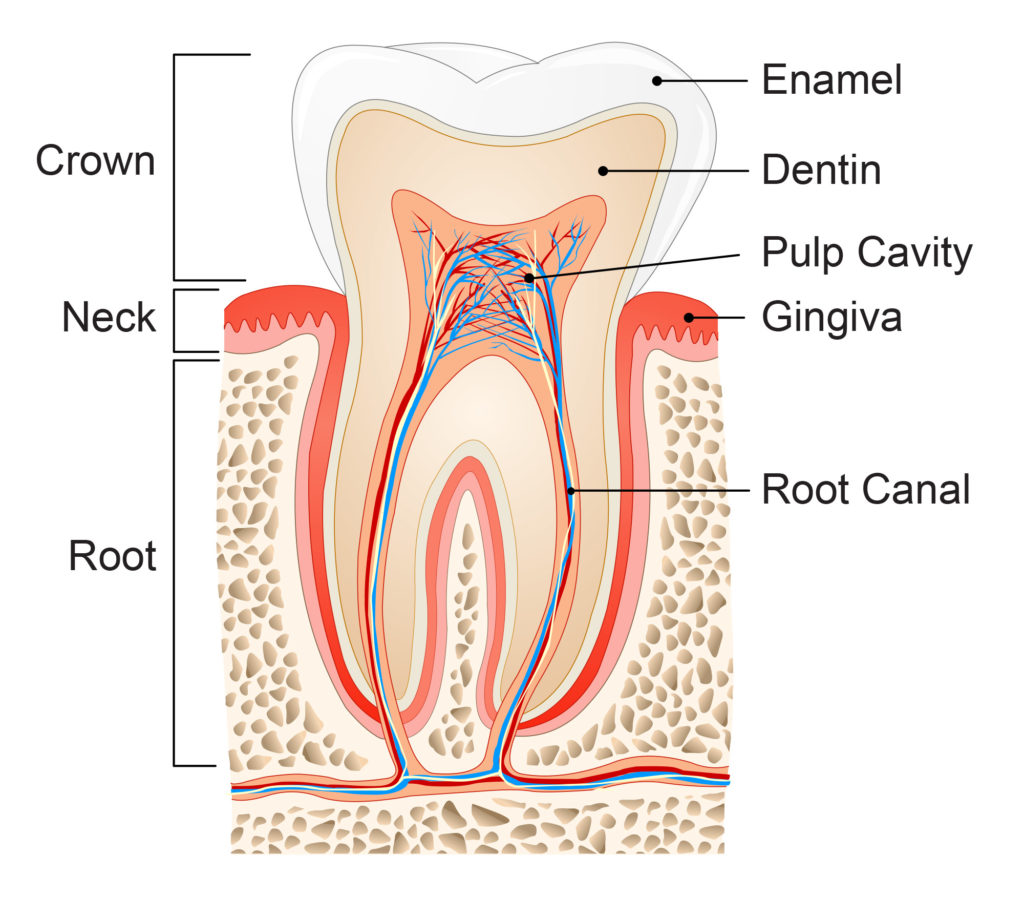THE ONE INGREDIENT a tube of toothpaste must contain to earn the American Dental Association’s Seal of Acceptance is fluoride. (And, conversely, it must NOT contain sugar.) Fluoride is also added in trace amounts to drinking water to help keep our teeth healthy and strong. We’ve been relying on fluoride like this for decades, and its history is fascinating.
The Naturally Fluoridated Water of Colorado Springs
In the early 1900s in Colorado Springs, local dentists noticed a strange pattern. They were seeing many cases of brown — but not decayed — teeth. There were so many cases that the phenomenon was nicknamed “Colorado brown stain.” We now know that the condition they observed was fluorosis, and so many locals were getting it because of the abundance of naturally occurring fluoride in the town’s water.
Residents of early-20th century Colorado Springs were obviously getting too much fluoride in their water, but those dentists wanted to find out if there was a level of fluoride that would still protect against cavities without leaving teeth stained, and they turned out to be right. The first town to add fluoride to its drinking water was Grand Rapids, Michigan, and it brought the rate of childhood caries down by a whopping 60%. Aside from a few cases of mild fluorosis, there were no adverse effects.
Modern Fluoridated Water
Today, more than half of Americans enjoy the dental health benefits of fluoridated drinking water, something the CDC counts as one of the top ten greatest public health achievements of the 20th century. Everyone benefits from fluoridated water, whether male or female, young or old, rich or poor.
Adding fluoride to water might seem odd but it has similar effects as other additions. It’s essentially the same as how we use iodized salt (which prevents goiters), bake with enriched flour (which helps digestion), and drink milk with vitamin D added (which prevents rickets in children).
Fluoride and Our Teeth
Why is fluoride so good at preventing cavities? It’s because it’s a key ingredient in the remineralization process constantly happening in our tooth enamel. If we are intaking a lot of sugary and acidic foods or drinks, minerals get pulled out of our enamel. This wears away at the enamel through demineralization. If we’re limiting those foods and drinks while using fluoridated toothpaste and drinking fluoridated water, then we keep our teeth well stocked with the raw materials they need to stay strong.
The Goldilocks Zone of Fluoride
“Colorado brown stain” proved that fluoride can do more harm than good to teeth when the exposure level is too high, but avoiding fluoride entirely leaves the teeth vulnerable to decay. Fluoridated drinking water protects our teeth with only 1.2 parts per million of fluoride, particularly when paired with fluoride toothpaste. To prevent fluorosis, parents should be careful to use only small amounts of fluoride toothpaste with children. Everyone should also be spitting it out rather than swallowing it.
Bring Us Your Fluoride Questions!
If you want to learn more about fluoride in toothpaste or in drinking water, you can ask us or check sources like the CDC or the ADA. We want our patients to have all the information they need to be confident about their dental care. This is why the daily dental hygiene habits we encourage are so important.
It’s wonderful to see our patients’ healthy smiles!
The content on this blog is not intended to be a substitute for professional medical advice, diagnosis, or treatment. Always seek the advice of qualified health providers with questions you may have regarding medical conditions.
